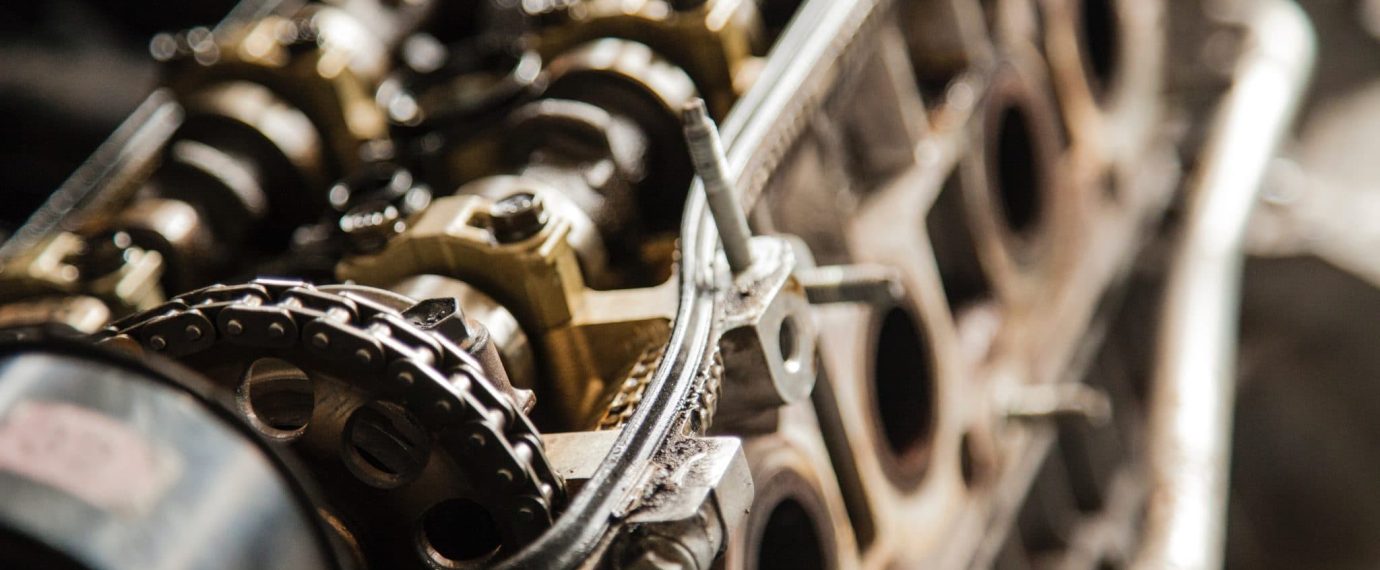There’s a good chance you’re using RICE (Reciprocating Internal Combustion) engines to generate electricity or to power pumps or compressors at your facilities. There’s also a good chance that you may not know the latest environmental regulations applying to those engines.
While emissions from one RICE engine are relatively small, cumulative RICE engine emissions include toxics like formaldehyde, acrolein, acetaldehyde and methanol. In addition, they emit conventional pollutants such as carbon monoxide (CO), volatile organic compounds (VOCs), nitrogen oxides (NOx) and Particulate Matter (PM). Exposure to these pollutants can cause a variety of negative respiratory and central nervous system health effects.
For this reason, it’s important to know the National Emission Standards for Hazardous Air Pollutants (NESHAP) for Reciprocating Internal Combustion Engines (RICE Rule), and New Source Performance Standards (NSPS) for Stationary Internal Combustion Engines (ICE). In general, EPA air quality requirements differ according to whether stationary engines are new or existing, located at an area or major source, are used for emergency or non-emergency purposes, and are spark-ignition or compression-ignition engines.
If you think you might be subject to these stationary engine rules—and you need help sorting them all out and making sure that you attain and sustain compliance—call U.S. Compliance at (952) 252-3000.



